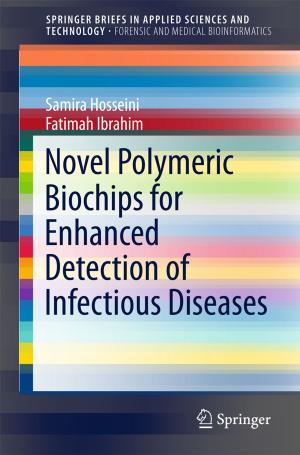The Black spotted, Yellow Borer, Conogethes punctiferalis Guenée and Allied Species
Nonfiction, Science & Nature, Science, Biological Sciences, Entomology, Botany| Author: | ISBN: | 9789811303906 | |
| Publisher: | Springer Singapore | Publication: | September 17, 2018 |
| Imprint: | Springer | Language: | English |
| Author: | |
| ISBN: | 9789811303906 |
| Publisher: | Springer Singapore |
| Publication: | September 17, 2018 |
| Imprint: | Springer |
| Language: | English |
Conogethes is a group of moths distributed in Austral-Asian region from India to New Guinea, the Solomon Islands and Australia.The moths are also found in Hawaii and Great Britain. Conogethes is mostly known for the economic impact of its larvae on agricultural crops. Substantial research has been undertaken in order to understand the biology of these harmful insects and to develop strategies to confine their impact. Research on chemical communication between males and females via sex pheromones is in progress.Recent research has also focused on the acoustic communication of Conogethes. The moths can feed on more than 200 plants in diversified habitats. The borer moths have become major pest on Horticultural , Agricultural,Avenue trees and forest trees. Its a pest of Quarantine importance as it has been found in Exportable commodities.
The book contains 22 chapters from a dozen countries. The authors are from China, Vietnam, Australia, Sri Lanka, Malaysia, Norway etc. This is the first book on the pest globally where interesting insights are provided. This is one of the book of its kind on single pest dealing with almost all aspects of its biology and management on cultivated crops.
Conogethes is a group of moths distributed in Austral-Asian region from India to New Guinea, the Solomon Islands and Australia.The moths are also found in Hawaii and Great Britain. Conogethes is mostly known for the economic impact of its larvae on agricultural crops. Substantial research has been undertaken in order to understand the biology of these harmful insects and to develop strategies to confine their impact. Research on chemical communication between males and females via sex pheromones is in progress.Recent research has also focused on the acoustic communication of Conogethes. The moths can feed on more than 200 plants in diversified habitats. The borer moths have become major pest on Horticultural , Agricultural,Avenue trees and forest trees. Its a pest of Quarantine importance as it has been found in Exportable commodities.
The book contains 22 chapters from a dozen countries. The authors are from China, Vietnam, Australia, Sri Lanka, Malaysia, Norway etc. This is the first book on the pest globally where interesting insights are provided. This is one of the book of its kind on single pest dealing with almost all aspects of its biology and management on cultivated crops.















